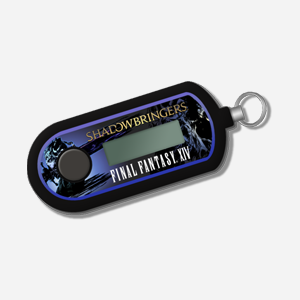
Blessing, Co., Artist Model, Elkhart, Ind. "However, it is bulky and a little heavy."Īn interesting variation that was offered on Ebay in 2019 from Northville, Michigan, US. "It's a good training tool, since I've never played a "C" trumpet before", he says. A trombone tuning slide brace between bells gives the horn more durability. "I used an unknown baritone finger ring on the 1st slide, cut it and added shrink tubing to make it more ergonomi'", Jason tells. A Harrelson trim kit and finger ring are used on the leadpipe. There is a 1945 liberty mercury dime soldered on the second slide for a draw knob. The valve section and lower bell came from a Besson 2-20 Bb trumpet. Although his intention was to make both bells Bb, to be able to put different mutes in each bell, the lower bell came out as 'C' due to its length. Jason Jimos of Band Instrument Recycler in Minneapolis, MN, in 2013 built a double bell Bb (top bell) and C (lower bell) trumpet, using an old Bb/A Cornet rotor to change the bells. So far it's the first know double bell trumpet. Besides that this is a trumpet and not a cornet it also has rotary valves, where most of the echo cornets use piston valves. The Musikinstrumenten Museum in Berlin has an echo trumpet, made by Carl Schäfer from Hannover. Here Crispian Steele-Perkins performs on an echo-cornet. Nowadays cheap versions can be obtained from India.


In the twenties they were seldom sold because of changes in taste and the upcoming jazz trumpet. Before 1900 the echo cornet became quite widely used in Germany, France and England, with soloists performing ingenious pieces with echo effects. The echo bell, which the 4th valve brings into the windway in place of the normal bell, may originally have been intended as an instantaneous muting device.

The echo-bow was invented by Friedrich Adolf Schmidt (1827-1893) from Cologne who obtained a Prussian patent no. The echo-bell cornet was a popular type of instrument in the nineteenth century. Echo-bell cornet by Jérome Thibouville Lamy, 1890, coll.


 0 kommentar(er)
0 kommentar(er)
